The beginner's guide to HIIT; HIIT workouts made simple
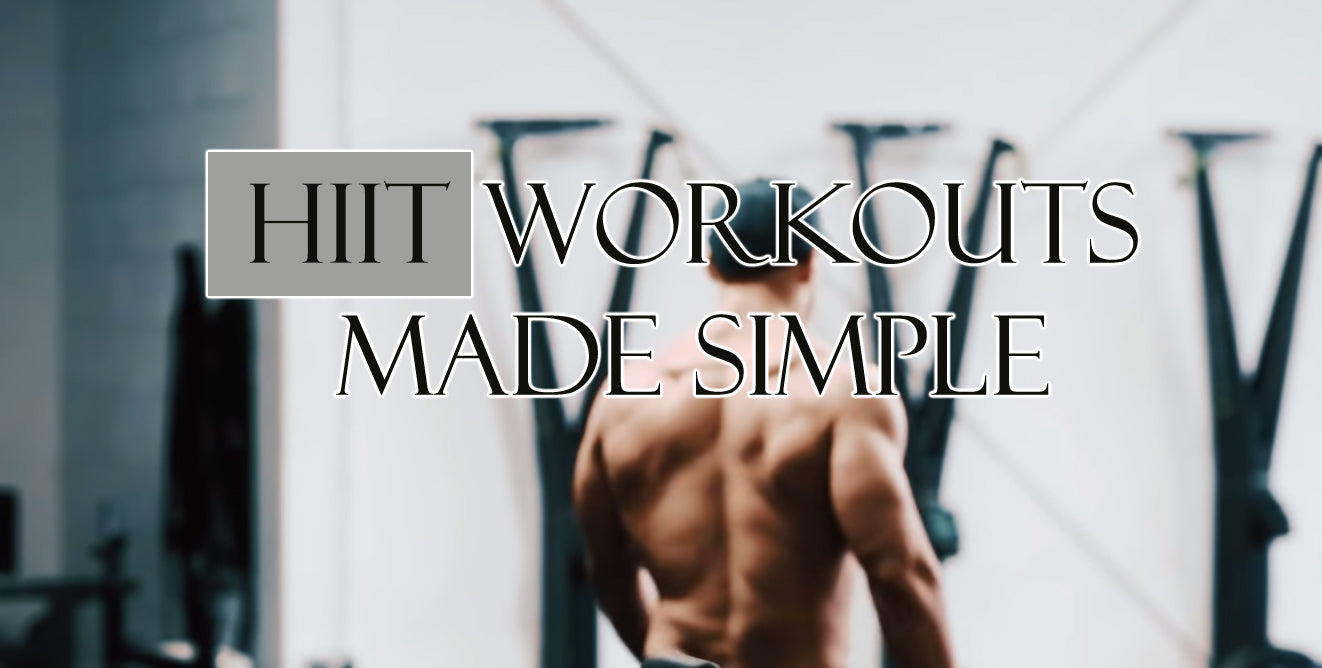
High intensity interval training, also called HIIT, has garnered a reputation for being one of the most effective cardiovascular workouts you can do. But it has many more benefits than just burning calories, including respiratory endurance and metabolic function.
HIIT workouts are known to be an excellent way to burn fat in a short period of time and to help improve the physical performance of athletes of all kinds.
The reason HIIT workouts are so effective at burning calories is because of what is commonly referred to as the “after burn” effect. The after burn effect is when the body utilizes it’s natural ability to burn calories continuously throughout the day, even when the workout is over. And for that reason alone, many people have been switching over to HIIT workouts from steady state cardio and seeing much better results.
For the majority of people, the fact that calories get burned even after the workout ends is one of the biggest motivational factors for them to participate in.
What Are HIIT Workouts?
Essentially, high-intensity interval training is a type of exercise that involves repeated short bouts of high-intensity, burst-like explosions of work as opposed to longer, slower versions of work like steady-state cardio. These hyper-intense mini-exercises are then performed for 1-2 minutes before you rest and then repeat. A workout will usually consist of about 20 of these intervals.
One of the best things about HIIT is the fact that you can get a seriously intense and high-quality workout in in such a short amount of time. Many people use time as an excuse not to make themselves healthier, and whether that excuse is real or imagined, HIIT will allow that same person to believe that they will be able to get a great workout in in a short amount of time.
For example, there was a recent study that compared the impact of two different types of exercise training and their effects on body fat and muscle metabolism. The two types of exercise were HIIT workouts and steady state.
The study investigated the different effects of calorie expenditure and fat loss in young adults. The study found that although HIIT workouts actually burned fewer calories during the actual "workout' than did steady-state cardio exercise - likely due to the fact that the HIIT workout is about 1/3 the length of a regular steady-state exercise... Overall, the HIIT program produced more total fat loss than steady-state exercise did overall.
Additionally, the study also concluded that the HIIT workout actively helped build muscle while the steady state exercise actually broke muscle down to use as fuel. Which, in summary, means that HIIT is a more anabolic (muscle-building) exercise than steady-state cardio.
HIIT Workouts Have Many Different Flavors

One of the reasons HIIT is so cool is because it doesn’t matter what type of exercise you do. What matters is the intensity at which you do the chosen exercise. When it comes to HIIT workouts, some people will choose swimming while others choose sprinting. Some will choose lifting while others will want to do biking.
One of the most popular HIIT workouts involves running on a treadmill. When people do HIIT on the treadmill, they use alternate between periods of light jogging and all-out sprinting. To do this, simply turn the treadmill up to a safe sprinting speed and sprint for 30 seconds to a minute. After that minute is up, turn the treadmill back down to jogging / walking speed and do that for another 2 minutes. Then repeat.
Steady-state exercises, on the other hand, usually stay within the same type of “work” zone over time, with the amount of effort needed remaining consistent.
HIIT Workouts Can Get Results QUICKLY
HIIT workouts have the ability to transform your body quickly and effectively by influencing three major areas within the body. These areas are
- Your cardiovascular systems (along with those responsible for endurance).
- Your body’s oxygen utilization system
- Your body's hormone production system
Studies have shown that resistance-based interval training specifically benefits blood flow and blood vessel dilation. A study, published in the American Journal of Physiology — Heart and Circulatory Physiology, found that resistance-based interval exercising improved endothelial function in individuals that previously exercised, those that didn’t and those with type 2 diabetes.
When researchers measured blood flow before, immediately following and at one and two hours after working out, participants with type 2 diabetes saw improvements at each time. The other two participant groups experienced improvements one and/or two hours after exercising.
HIIT Workouts Boost Cardiovascular Health
Many studies are now showing that internal training — including HIIT workouts — promote greater improvements in VO2max and general fitness abilities than steady-state exercises do.
In fact, VO2max is considered the best indicator of cardiovascular endurance. This is the measurement most commonly used in fitness studies to show the effects that the exercise is having on the body. VO2 max is sometimes also called “max oxygen uptake” or “max aerobic activity” and is used to measure how well the body can use oxygen for energy.
Specifically, VO2max is defined as the maximum amount of oxygen (in milliliters) that a person can use in one minute per kilogram of their body weight. This measurement is important because the amount of oxygen that a person can utilize within one minute is an indicator of their overall fitness level and also their lung and heart health.
Due to the expansion of blood volume, the heart will undergo enlarging, or “hypertrophy,” during HIIT type of endurance exercises in order to allow the heart muscle to become bigger and stronger.
By participating in HIIT workouts that cause higher spikes in heart rates than traditional steady-state cardio, you’ll be able increase the strength of your cardiovascular ability and heart as well. Once you start doing HIIT workouts, you’ll noticed that at first, they’ll be extremely hard. But over time, you will notice that your ability to function at high levels of exercises will become better and better, allowing you to push yourself further and further.
Performing short recovery segments in between the intervals where you’re working harder has the benefit of allowing you to keep the overall workout intensity high while still maintaining form.
While it’s hard to work very hard and maintain a high heart rate for an extended period of time because your body isn’t able to bring in enough oxygen, the rest/recovery periods of interval training allow you to catch your breath and for your heart rate to come down momentarily.
Knowing your VO2 max can help you to establish fitness goals to work towards and gives you a starting point as to how capable you are of maintaining a high level of effort over a period of time.
HIIT Workouts Trigger an Excess Post-Exercise Oxygen (EPOC) Effect

On top of the calories burned during the actual workout, HIIT exercises also trigger something that is the reason for the “after burn” effect called post-exercise oxygen consumption, or EPOC. EPOC is essentially when your body uses an increased rate of oxygen following an intense workout.
Your body uses more oxygen than it normally would after intense workouts because it’s making up for the “oxygen deficit” that you created during the burst periods of the workout. This oxygen deficit causes you body to compensate, resulting in EPOC, which then forces the body into a recovery phase. During this recovery phase when your body is circulating with a higher level of oxygen, your body is actively repairing your hormone level, refueling your glucose levels, and repairing your muscle tissues and other fibers in the body.
The best part about EPOC, though, is that it’s accompanied by an elevated need for your body to find and use fuel. In order to get the oxygen necessary for the recovery phase, the body will then result in breaking down fat stores (which get oxidized) which means greater fat burned for the workout you’re in.
As your body uses more and more oxygen to recover fully, more and more calories get burned, even after the exercises has ended. This means that een after the workout is over, you will continue to experience the fat loss benefits for the rest of your day following one of your HIIT workouts. ATP (adenosine triphosphate), which is how your body uses energy at the cellular level, is also created after the HIIT workouts.
Lactic acid is formed during exercise and is responsible for giving you the “burning” feeling in your muscles when they are working hard.
Lactic acid travels via the bloodstream to the kidneys, cardiac muscle and liver during workouts; then an increased amount of oxygen is necessary to convert the lactic acid back to pyruvic acid so that your pain subsides and body enters a resting state.
Yet another use of EPOC is to fuel the body’s increased metabolism that results from the increase in body temperature experienced during exercise. Due to all of these vital tasks that the body must undergo during a period of EPOC, you can see why HIIT workouts have such a huge effect on your strength, stamina and health.
HIIT Workouts Release Muscle-Growth and Fat-Burning Hormones
Intense interval training circuits also stimulate muscle-building hormones while simultaneously using up calories and burning fat. The body produces the growth hormone known as IGF-1 during HIIT, for example, which allows the body to build lean mass muscle.
Who Are HIIT Workouts For?
Certain studies have shown that high-intensity exercise can be potentially unsafe for sedentary middle-aged adults. It’s best performed by those who are already somewhat active and have a healthy cardiovascular system.
That being said, anyone can work towards practicing HIIT workouts for their multiple benefits. However, if you aren’t already exercising, then it’s best to start slowly to avoid injury or more serious problems.
In conclusion, an exercise plan that includes consistent high-intensity interval exercise has been shown to improve body composition, boost cardio-metabolic health, lessen the risk for heart disease, and help improve exercise tolerance, even in obese and overweight participants.
Research has shown that HIIT workouts are safe, efficient, well-tolerated and could help to improve adherence to exercise training given the limited time commitment that they require.
As long as you practice HIIT workouts responsibly and ease your way into a HIIT program, you can experience great results using HIIT workouts in combination with other forms of exercise that you enjoy.
How to Build Your Own HIIT Workout
No matter what your exercise preference is — whether running, biking, swimming or lifting weights, for example — you can practice HIIT workouts to improve your abilities. Even seasoned athletes use HIIT workouts to gain stamina and bust through plateaus that they are experiencing after practicing one particular type of exercise for a long time.
HIIT workouts are a great way to “shock” your muscles and to kick your body into high gear, allowing you to continue experiencing results and improvements after your body has gotten accustomed to your usual workout routine.
According to studies, it’s believed that an optimal HIIT workout produces maximum cardiovascular benefits when athletes spend at least several minutes per session in their “red zone” — yhis generally means reaching at least 90 percent of maximal oxygen uptake (VO2max).
In order to estimate when you are working at 90 percent of your VO2max, you can think about your level of perceived effort on a 1–10 scale; you should be aiming to give it “your all” and reach a score of nine out of a possible 10 for at least a few minutes during a 20–30 minute HIIT workout.
In addition to focusing on your perceived level of effort and targeting a high VO2max, there are also other variables to consider.
Keep these physiological variables in mind, which researchers have noted are all-important for practicing HIIT workouts and continuing to show improvements:
- The amount of time you spent in your “intense” working interval
The longer you spend in your intense zone, the more of an effect the exercise will have. Start off with shorter bursts of intense periods and increase the duration as you build strength and stamina.
- The amount of time you spent in your “rest” and recovery interval
You will likely notice that you need less time to recover as your body adapts to HIIT workouts. Pay attention to how long of rests you are taking and aim to shorten the restful period duration as your abilities improve.
- The amount of reps you perform during your intense bursts
Instead of aiming to improve the duration of time you spend in an intense interval, you can also focus on how many reps you are able to do in a row, for example, or your speed of work.
You will likely notice your ability to do reps quickly improves as you become accustomed to HIIT workouts and that you need less recovery time in between sets. You may also notice that your sprints get quicker or your cycling pace gets faster if you choose to run or bike during your HIIT workout.
- The total number of interval series you are able to perform
It’s a good idea to start out with about 15–20 minutes of HIIT intervals and work your way up to 25–30 minutes if you’d like. The more your body gets used to the intensity, the more series you’ll be able to perform and your total workout length will increase.
- The time needed between HIIT workouts
Most experts recommend practicing HIIT workouts 2–3 times per week, but not much more than this. The body needs an adequate break period between HIIT workouts to fully repair and grow stronger.
In fact, this is just as important as the workout itself and if you fail to properly give yourself enough rest, you miss out on some of the benefits of HIIT.
That being said, you will improve your ability to practice HIIT workouts closer to each other as your recovery periods become shorter. Even after you’ve seen great improvements, it’s still best to allow 48 hours in between HIIT workouts and avoid practicing them multiple days in a row.
Three HIIT Workouts to GET YOU MOVING!
Keeping all of the above factors in mind, you can start practicing HIIT workouts using one of these example plans:
Treadmill Running HIIT Workout
- Start with a warm up by lightly jogging for three minutes.
- Next, move into your interval period for about 10 minutes. Each minute you will do 20 seconds of intense work followed by 40 seconds of recovery. (Do this 10 times to start out, and as you become more fit you can increase to 15 minutes and beyond. If you’d like to challenge yourself more, do 30 seconds of intense bursts followed by 30 seconds of rest.)
- Cool down with a 3 minute jog.
Cycling HIIT Workout
This cycling interval workout is based on the “tabata” style of exercise, which usually consists of 20 seconds of hard work followed by 10 seconds of rest. In order to do interval training, this same ratio can be used in any other form of exercise as well.
- Start by cycling at a restful pace for three minutes to warm up.
- Move into your interval period for the next 10 minutes, where you will be cycling as hard as you possibly can for 20 seconds and then resting for 10 seconds. You can use a timer to keep track of the time or count in your head. Repeat this interval schedule 10–20 times depending on your abilities and current fitness level.
- Cool down with a slow, restful three minutes of cycling.
Overall, HIIT exercises can be a great way to get a killer workout in without spending hours in the gym. If you're finding yourself crunched on time, create a quick HIIT workout and finish it up before lunch.



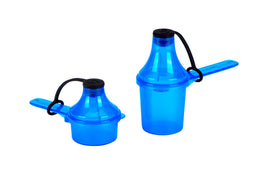

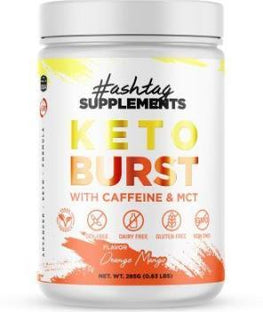

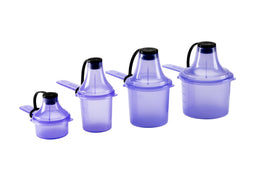

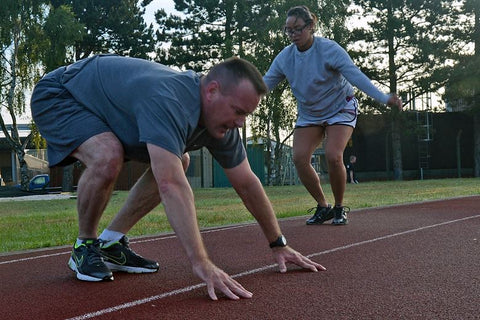
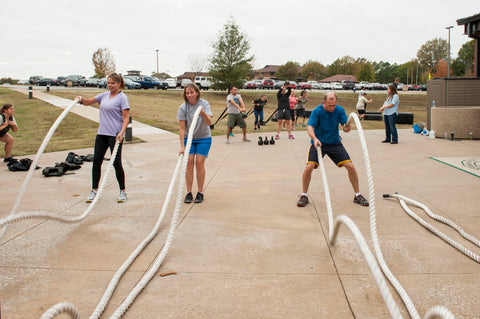
cialis coupons
https://ponlinecialisk.com/ – cialis online purchase
Keflex Side Effects Eye jormerdofe cialis on line drontannobby cialis ineffective
The beginner’s guide to HIIT; HIIT workouts made simple– The Scoopie
[url=http://www.gsd6t20n8h3m37r3u8ejdp25t100mg24s.org/]uwybvkvqidp[/url]
wybvkvqidp http://www.gsd6t20n8h3m37r3u8ejdp25t100mg24s.org/
awybvkvqidp
pFXDhmkJfUr